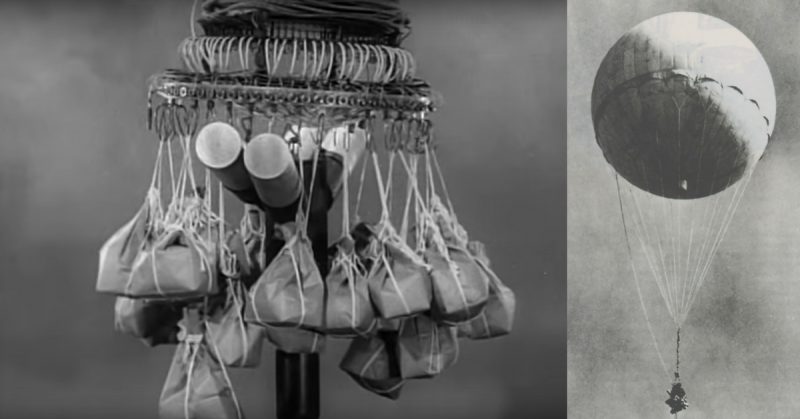The Revolutionary and the Civil War tore North America apart, but the World Wars and most subsequent conflicts have been largely fought beyond its borders – aside from the glaring exception of the Pearl Harbor attack.
Many consider Pearl Harbor to be the last of the wartime civilian casualties on American soil, not including the Battle of the Atlantic. However, this is not strictly true; the Japanese orchestrated a long-range attack on the mainland US that claimed the lives of six civilians in Oregon only a few months before the end of the war.
After Pearl Harbor and the American Doolittle Raid, bitter hatred between the Japanese and Americans skyrocketed. No tactic to hasten the end of the war was left off the table, as evidenced by the use of atomic bombs. Likewise, a wide variety of deadly strategies were developed and put into practice by the Japanese, including the use of kamikazes and balloon bombs.
The Japanese actually had a precedent to build off of for using balloon bombs. The British had about 100,000 surplus weather balloons and decided to float them over to Germany. Most of the balloons featured a very long wire that trailed to the ground. This would short circuit electrical lines by short-circuiting them causing significant damage.
Other balloons had incendiary devices, some shaped in a V to catch trees or buildings. A lot of balloons missed, but they were so cheap to assemble and send off that they were worth the limited damage and some reports show they caused considerable havoc throughout Germany. In the end, almost all of the 100,000 balloons were sent off.
The effect was easier to achieve as the balloons only had to travel across the North Sea. The Japanese sent their balloons from the Japanese mainland across the vast Pacific Ocean. They decided on mostly incendiary devices and engineered a complex system to keep the balloons in the jet stream.
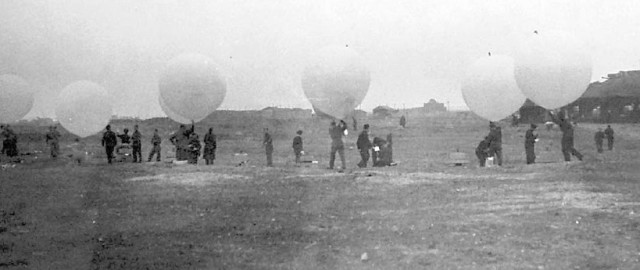
The balloons were filled with hydrogen and would rise or fall, gain or lose pressure based off of their altitude and amount of sunlight and ambient temperature. To combat this the balloons had sandbags rigged to drop when the altitude got too low and vents to release hydrogen if high altitudes threatened to pop the balloon.
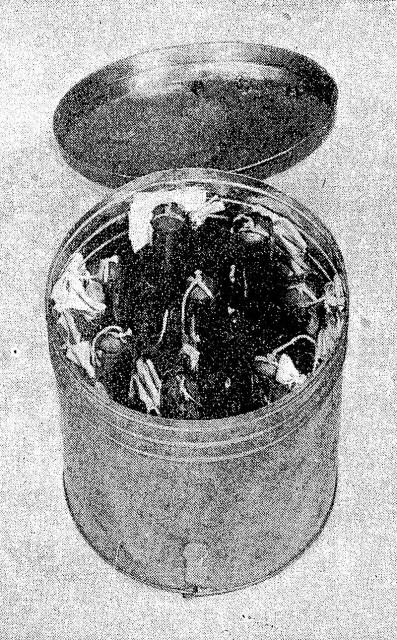
The Japanese sent many thousands of balloons over between 1944-45 with very little effect. The idea was to cause vast forest fires in the heavily wooded Pacific Northwest, but the only time available to launch the balloons was from November to March. This was during winter and spring, with heavy snows and rain.
The balloons spread far and wide, hitting Oregon and California, but also getting several in Montana and Wyoming and one as far as Detroit Michigan. The problem for their effectiveness was the vast openness of the American West. Many balloons fell harmlessly in unpopulated and damp forests and about twenty were shot down by American pilots.
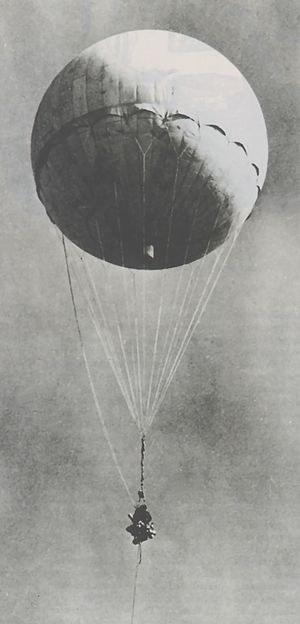
One balloon actually came down on some power lines feeding the Manhattan Project’s production facility, though backup power was sufficient enough to keep everything running smoothly. The U.S. government was concerned with keeping the attacks secret.
They knew that the attacks were ineffective thus far, but were still concerned about a forest fire or a landing on a population center. They feared that if the Japanese heard of landings in the states that they would double their efforts and perhaps use biological weapons such as anthrax. The government asked all witness to keep secrecy and requested that the media hold on any stories about the bombs.
Here is a (long) training video about the balloon bombs with a message at the end urging views to keep the information secret so as not to spread back any news to Japan:
https://www.youtube.com/watch?v=dGWvyhYActc
The censorship seemed to work as the Japanese abandoned the operation after only hearing about one balloon’s ineffectual landfall in the sparsely populated Wyoming. As it turns out the Japanese may have had possible plans to send over anthrax and other biological agents over with the next wave of balloons.
Due to the censorship, much of the U.S. public were unaware of the balloon bombs. One month after the Japanese launched their last balloon, a Sunday school group was on a retreat in an Oregon forest. Archie Mitchell and his pregnant wife Elsie drove five of their Sunday school students to the forest for a picnic.
Archie let his wife and the kids out to look for a parking spot while he parked the car. The kids discovered a strange object on the ground and went to investigate. Bomb experts seem to have concluded that the weeks-old balloon bomb was kicked by one of the kids and it exploded.
Four boys – 11-year-old Sherman Shoemaker, 14-year-old Dick Patzke, 13-year-old Edward Engen, and 13-year-old Jay Gifford – were killed instantly. 13-year-old Joan Patzke died on the way to the hospital. Elsie Mitchell died shortly after Archie arrived on the scene.
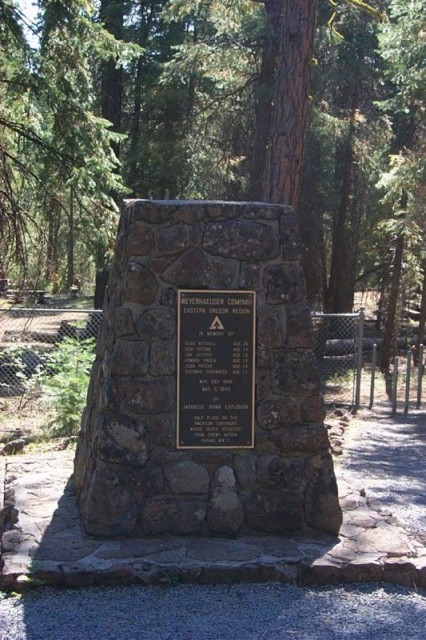
This absolutely tragic event may have been avoided had the government issued a public warning, and they immediately did so after the deaths. It may be argued that the censorship led to this accident, but the Japanese cancellation of the operation was almost entirely due to lack of any evidence of success, and further attacks may have contained biological agents.
The site now contains a memorial and many have visited it to express their regret. The area has many cherry blossom trees as a sign of peace. Though the bombs did have quite a minimal effect, the few deaths they caused were terribly heartbreaking. They were the last official wartime deaths on American soil.
By William McLaughlin for War History Online
